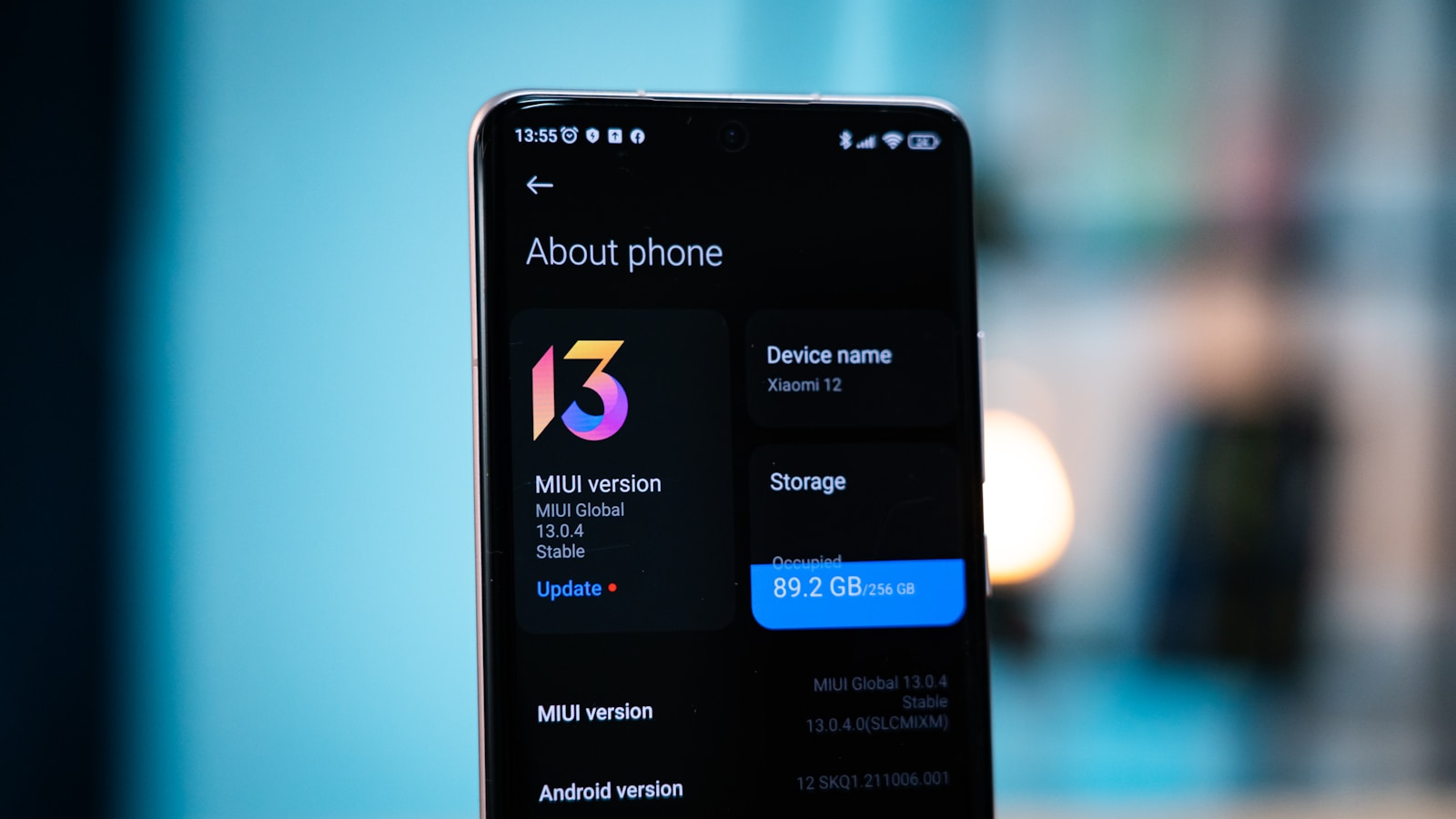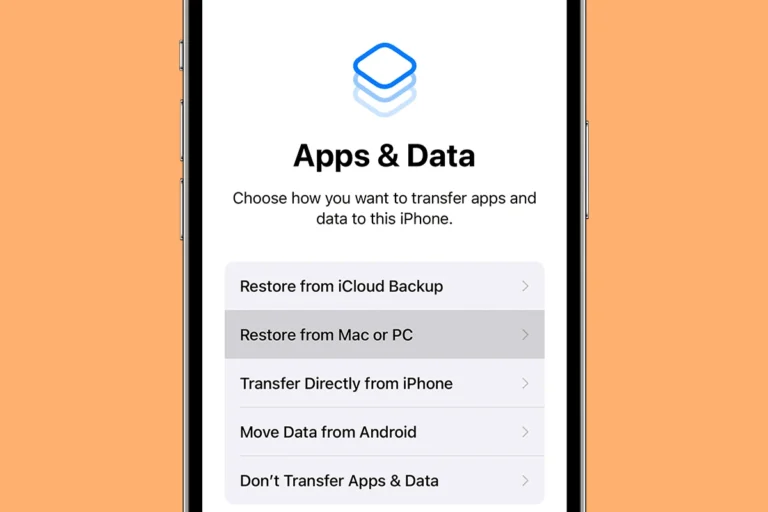
Staying updated on mobile operating systems is essential for a positive user experience, as updates like HyperOS 3.0 deliver performance improvements, security patches, and new features. Xiaomi is set to roll out HyperOS 3.0 to 75 devices, based on the upcoming Android 16.
This upgrade aims to enhance performance, personalization, and refresh the user interface, engaging current users and attracting new ones. Xiaomi’s commitment to timely software updates could redefine user expectations and strengthen its ecosystem in the tech landscape.

What We Know About HyperOS 3.0
Android 16 Foundation
Xiaomi’s HyperOS 3.0 is coming around mid-2025. It’s built on Android 16, Google’s next major Android update. This means HyperOS 3.0 will get all the core improvements and security updates Google brings to Android. Xiaomi will then add its own special features and design on top of this base. This is a common practice for phone makers who customize Android for their devices.
Expected Features and Improvements
While official details are still scarce, we can expect some key improvements. Performance is likely to get a boost. Xiaomi will probably work on making the system run smoother and faster. We can also anticipate a more intuitive user interface, making it easier to use the phone. Personalization is another area to watch. Xiaomi may add new ways to change the look and feel of the phone, like themes and icon packs. AI is another area to consider. Xiaomi could use AI to improve things like battery life, camera performance, and app management. It’s important to keep in mind that these are just expectations based on trends and previous updates.
Device Compatibility and Release Timeline
HyperOS 3.0 will probably come to a wide range of Xiaomi devices. This includes Xiaomi’s flagship phones, Redmi phones, and POCO phones. Tablets and foldable phones from Xiaomi are also likely to receive the update. The rollout will likely happen in phases. Newer, high-end phones will likely get the update first. Older and budget-friendly phones will follow later. This phased rollout is standard practice for software updates.
Comparing HyperOS Versions
Key Differences Between HyperOS 1.0, 2.0, and Anticipated 3.0
| Feature | HyperOS 1.0 | HyperOS 2.0 | HyperOS 3.0 (Expected) |
|---|---|---|---|
| Android Base | Android 13 | Android 14 | Android 16 |
| Focus | Cross-device connectivity, new system architecture | Improved performance, new design language | Performance enhancements, deeper personalization, AI features |
| Release Timeline | Late 2023 | Late 2024 | Mid 2025 |
This table gives a quick look at how HyperOS has evolved and where it might be headed. Each version brings improvements and new features.
Short Summary:
- Xiaomi is preparing to launch HyperOS 3.0 along with Android 16 support.
- A total of 75 Xiaomi devices are expected to receive this significant update.
- HyperOS 3.0 aims to enhance personalization, performance, and user experience.
Xiaomi appears to be making strategic advancements in its software offerings. Following the recent rollout of HyperOS 2.0, the company is reportedly fast-tracking the development of its next major update, HyperOS 3.0, which is based on the forthcoming Android 16 operating system. As it stands, the announcement has generated considerable excitement among users and tech enthusiasts alike.
According to a recent leak shared by SmartPrix, Xiaomi is poised to lead the charge for new features and capabilities that Android 16 will introduce. This includes the acceleration of their skin development following in the footsteps of other major smartphone manufacturers like Samsung, which is also gearing up for its One UI 8 launch. While Xiaomi has not officially confirmed these plans, strong indicators suggest major updates are on the horizon.
“With Android 16 coming early this year, Xiaomi is looking to release HyperOS 3.0 sooner than the previous rollout timeline,” notes a report from XiaomiTime.
The current focus for Xiaomi remains on finalizing updates to HyperOS 2.1, which integrates bug fixes and user experience enhancements such as new lock screen designs, animations, and adjustments in brightness. Meanwhile, devices like the Xiaomi 15 and 14 models have already begun receiving these updates. This lays the groundwork for users to anticipate the transition to HyperOS 3.0 seamlessly.
What’s New in HyperOS 3.0?
The development of HyperOS 3.0 is particularly noteworthy as it aims to enhance several key areas:
- Performance Upgrades: Users can expect improved speed and efficiency when launching applications, along with optimizations for multitasking.
- Design Tweaks: A fresh user interface inspired by Android 16 promises to provide a more striking aesthetic across Xiaomi devices. This includes further personalization options and refined animations.
- Enhanced AI Capabilities: With AI becoming increasingly integral to mobile experiences, HyperOS 3.0 is set to incorporate advanced AI functions that aim to improve user interaction with the device.
- Improved Ecosystem Features: The update is also expected to enhance interconnected functionalities within the Xiaomi ecosystem, making it easier for users to connect various Xiaomi devices seamlessly.
With the launch of HyperOS 3.0 anticipated in late 2025, Xiaomi fans eagerly await the final list of eligible devices that will benefit from this significant upgrade. Initial reports suggest that the following models will likely receive the update, but users are encouraged to stay tuned for the official confirmation:
Eligible Xiaomi Devices for HyperOS 3.0
Xiaomi 15 Series
- Xiaomi 15
- Xiaomi 15 Pro
- Xiaomi 15 Ultra
Xiaomi 14 Series
- Xiaomi 14
- Xiaomi 14 Pro
- Xiaomi 14 Ultra
Xiaomi 13 Series
- Xiaomi 13
- Xiaomi 13 Pro
- Xiaomi 13 Lite
Xiaomi 12 Series
- Xiaomi 12
- Xiaomi 12 Pro
- Xiaomi 12 Lite
- (Additional models may vary).
Redmi Devices
- Redmi Note Series: Redmi Note 14, 13, etc.
- Redmi Series: Redmi 12, Redmi 13, etc.
- Redmi K Series: Multiple models including Redmi K80, K70, etc.
Poco Devices
- Poco F Series: Poco F7, F6, etc.
- Poco X Series: Poco X6, X7, etc.
- Poco M Series: Poco M6, M7, etc.
Xiaomi MIX and Foldables: Xiaomi Mix Fold, Mix Flip, etc.
Tablets: Various Xiaomi and Redmi tablets slated for the update.
While this list is significant, it’s crucial to remember that the final details may vary, and users should await the official announcement from Xiaomi to confirm the eligible models.
“The speed at which Android 16 is being developed suggests a much earlier than normal release for HyperOS 3.0,” stated an industry analyst familiar with Xiaomi’s product roadmap.
What to Expect with Android 16 and HyperOS 3.0
With Android 16 expected to include novel features, Xiaomi’s HyperOS 3.0 will also benefit from this cutting-edge software. Key upgrades anticipated in Android 16 include:
- Multitasking Improvements: Enhanced window management that allows seamless toggling between applications.
- Advanced AI Features: Integrating on-device improvements that make everyday tasks smoother and more efficient, such as real-time translation and advanced accessibility functions.
- Refined Privacy Controls: Focusing on personalized security settings that align with enhancements made by Google in this latest iteration of Android.
The transfer of these features into HyperOS 3.0 is set to change the landscape for Xiaomi users, solidifying their devices as viable contenders within a competitive market.
As for Xiaomi’s timeline, the company has a history of aligning HyperOS launches with Android releases. Based on previous patterns, one might anticipate the rollout of HyperOS 3.0 to occur close to Android 16’s public release, which is rumored to take place as soon as June 2025.






